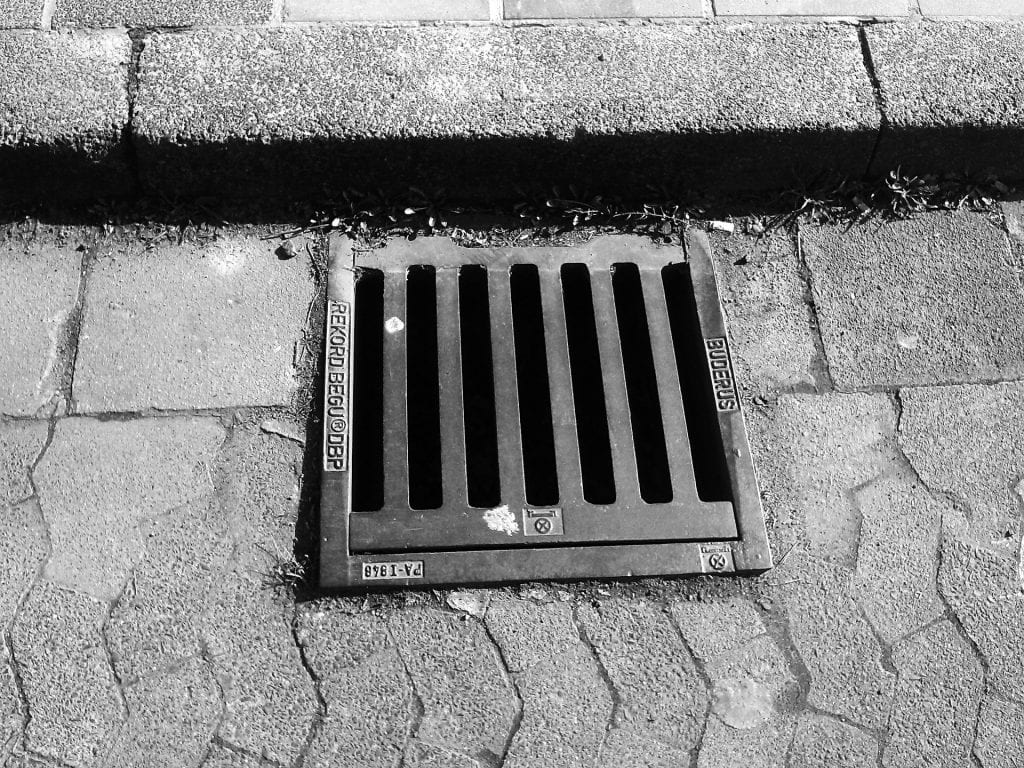At Maintain Drains, we understand that choosing the right drain repair method for your property can be a difficult decision. Drain relining is a popular option for many property owners, but like any repair method, it has its pros and cons. Here are some of the key factors to consider before choosing drain relining for your property:
Pros of Drain Relining:
- Cost-effective: Drain relining is often a more cost-effective solution than drain excavation, as it requires less labour and equipment.
- Quick: Drain relining can often be completed in a matter of hours, whereas drain excavation can take several days or even weeks.
- Minimal disruption: Because drain relining doesn’t require excavation, it causes minimal disruption to your property and landscaping.
- Durable: Drain relining can create a durable, long-lasting repair that is resistant to future damage.
Cons of Drain Relining:
- Not suitable for all types of damage: While drain relining can be an effective solution for many types of drain damage, it may not be suitable for all situations. If the damage is too severe or if the drain has collapsed, drain excavation may be necessary.
- Limited access: Drain relining requires access to the drain, which can be challenging in certain situations, such as with deep or inaccessible pipes.
- Not a permanent solution: While drain relining can create a durable repair, it is not a permanent solution. The liner may eventually wear out or become damaged, requiring additional repairs in the future.
- Limited to certain types of pipes: Drain relining is typically only suitable for certain types of pipes, such as clay, cast iron, and PVC. It may not be suitable for other materials, such as pitch fibre or asbestos.
Is Drain Relining Right for Your Property?
Before choosing drain relining for your property, it’s important to consider the extent and type of damage to your drain, as well as the age and type of pipes in your system. Our team of professional drain contractors can assess your situation and recommend the best solution for your needs.
In general, drain relining is a cost-effective and minimally disruptive solution for repairing many types of drain damage. However, it may not be suitable for all situations. By understanding the pros and cons of drain relining, you can make an informed decision about the best solution for your property. Choose Maintain Drains for expert advice and high-quality drain repair services.
FAQs
Q: What is drain relining?
A: Drain relining is a method of repairing damaged drains without excavation. It involves inserting a flexible liner into the existing drain and then curing it in place with heat or light.
Q: What types of drains can be relined?
A: Drain relining is typically used for smaller drains, such as those found in residential and commercial properties. It can be used on a variety of pipe materials, including clay, cast iron, and PVC.
Q: What are the advantages of drain relining over drain excavation?
A: The advantages of drain relining include being cost-effective, quick to complete, causing minimal disruption to property and landscaping, and creating a durable, long-lasting repair.
Q: How long does drain relining take?
A: The length of time required for drain relining depends on the size and extent of the damage. In general, drain relining can be completed in a matter of hours, whereas drain excavation can take several days or even weeks.
Q: Is drain relining a permanent solution?
A: While drain relining can create a durable, long-lasting repair, it is not a permanent solution. The liner may eventually wear out or become damaged, requiring additional repairs in the future.
Q: How much does drain relining cost?
A: The cost of drain relining varies depending on several factors, such as the extent of the damage and the size of the drain. In general, drain relining is often more cost-effective than drain excavation, as it requires less labour and equipment.
Q: How can I prevent drain damage in the future?
A: To prevent drain damage in the future, it’s important to avoid flushing non-degradable items down the toilet, such as wipes and sanitary products, and to avoid pouring grease and oil down the drain. Regular drain maintenance, such as drain cleaning and inspections, can also help prevent damage.
